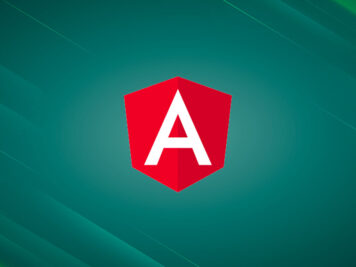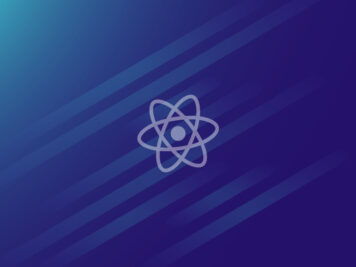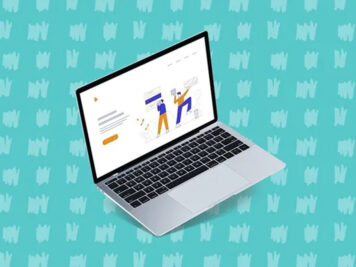JAX-WS allows developers to write message-oriented as well as RPC-oriented web services.A web service operation invocation in JAX-WS is represented by an XML-based protocol like SOAP. The envelope structure, encoding rules and conventions for representing web service invocations and responses are defined by the SOAP specification. These calls and responses are transmitted as SOAP messages over HTTP.
Though SOAP messages appear complex, the JAX-WS API hides this complexity from the application developer. On the server-side, you can specify the web service operations by defining methods in an interface written in the Java programming Language. You need to code one or more classes that implement these methods.
It is equally easy to write client code. A client creates a proxy, a local object representing the service and then invokes methods on the proxy. With JAX-WS you do not generate or parse SOAP messages. Thanks to JAX-WS runtime system that converts the API calls and responses to and from SOAP messages!
With JAX-WS, web services and clients have a big advantage which is the platform independence of the Java programming language. Additionally JAX-WS is not restrictive: a JAX-WS client can access a web service that is not running on the Java platform and vice versa. This flexibility is possible because JAX-WS uses technologies defined by the World Wide Web Consortium – HTTP SOAP and the Web Service Description Language or WSDL. WSDL specifies an XML format to describe a service as a set of endpoints operating on messages.
Three most popular implementations of JAX-WS are:
Metro: It is developed and open sourced by Sun Microsystems. Metro incorporates the reference implementations of the JAXB 2.x data-binding and JAX-WS 2.x web services standards along with other XML-related Java standards. Here is the project link: http://jax-ws.java.net/. You can go through the documentation and download the implementation.
Axis: The original Apache Axis was based on the first Java standard for Web services which was JAX-RPC. This did not turn out to be a great approach because JAX-RPC constrained the internal design of the Axis code and caused performance issues and lack of flexibility. JAX-RPC also made some assumptions about the direction of Web services development, which turned out to be wrong!
By the time the Axis2 development started, replacement for JAX-RPC had already come into picture. So Axis2 was designed to be flexible enough to support the replacement web services standard on top of the base framework. Recent versions of Axis2 have implemented support for both the JAXB 2.x Java XML data-binding standard and the JAX-WS 2.x Java web services standard that replaced JAX-RPC(JAX-RPC: Java API for XML-based Remote Procedure Calls. Since RPC mechanism enables clients also to execute procedures on other systems, it is often used in a distributed client-server model. RPC in JAX-RPC is represented by an XML-based protocol such as SOAP). Here is the project link: http://axis.apache.org/axis2/java/core/
CXF: Another web services stack by the Apache. Though both Axis2 and CXF originated at Apache, they take very different approaches about how web services are configured and delivered. CXF is very well documented and has much more flexibility and additional functionality if you’re willing to go beyond the JAX-WS specification. It also supports Spring. Here is the project link: http://cxf.apache.org/
At Talentica we have used all the three implementations mentioned above in various projects.
Why CXF is my choice?
Every framework has its strengths but CXF is my choice. CXF has great integration with the Spring framework and I am a huge fan of Spring projects. It’s modular and easy to use. It has great community support and you can find lots of tutorials/resources online. It also supports both JAX-WS and JAX-RS specification but that should not be a considering factor while choosing CXF. Performance-wise it is better than AXIS and it gives almost similar performance when compared to Metro.
So CXF is my choice, what is yours?







